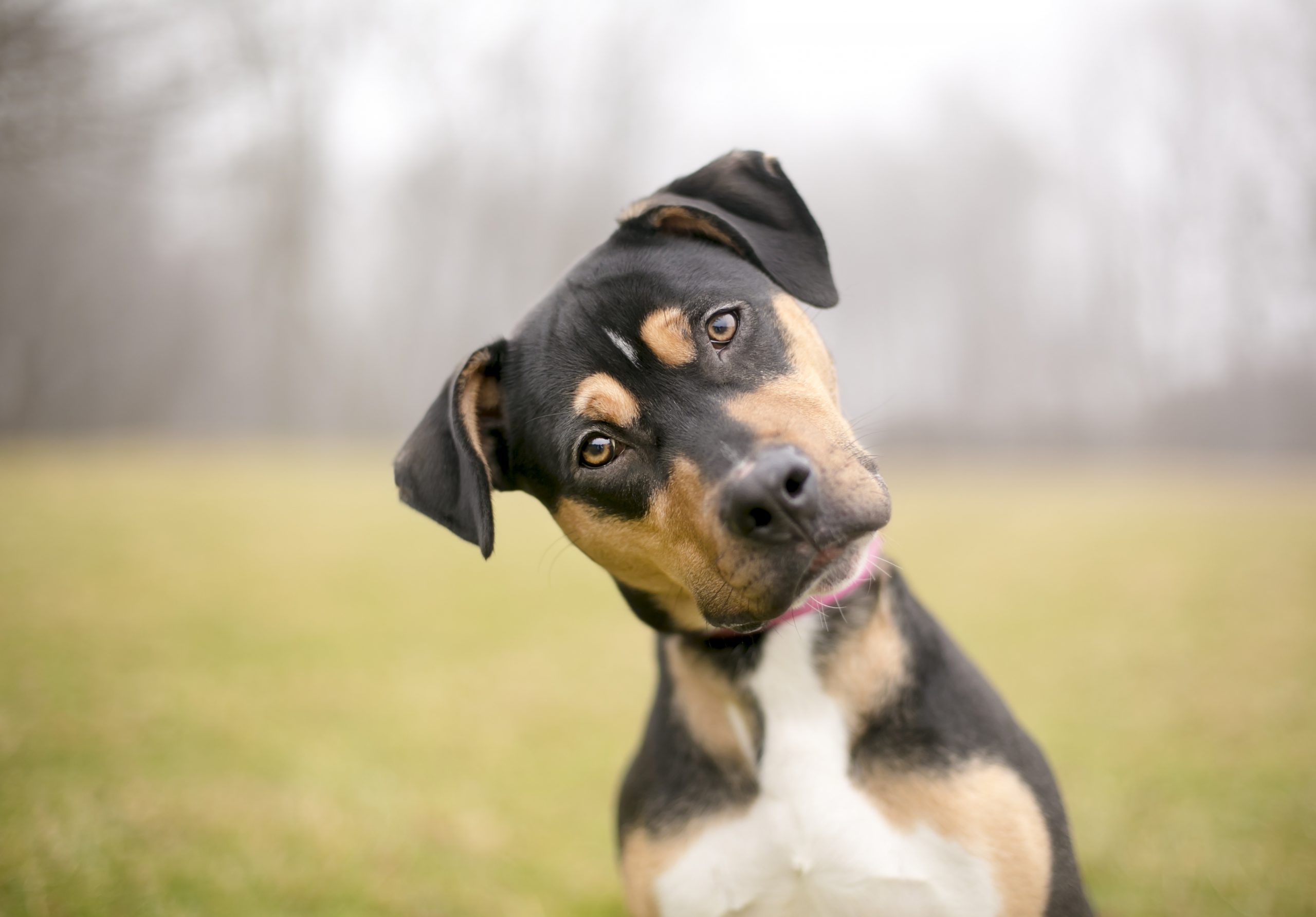It’s a personal choice. You do need to know that a pure breed dog’s behavior and looks are more predictable than a mixed breed.
A mixed-breed pup is one of a kind and unique. Pure breeds may potentially have a lot of health problems, and you must keep this in mind when making your choice.
- You can check out the breed’s basic manner, general health, and friendliness if you are visiting a pure-breed kennel by looking at the parents.
Which Breed Should You Choose?
Again, selecting the breed is a personal choice. You will eventually pick the kind you want, however, it all comes down to this – research the breed-specific problems and qualities, and then investigate the best way to raise and teach your pup. The success or the failure of your puppy’s temperament and behavior is in your hands. Here is how you do it.
- Find at least six owners of the dog breed you want.
- Talk to the owners about the dog’s bad points
- Meet the adult dogs themselves; work and play with them.
You will get an idea of what you are getting yourself into by observing the adult dogs of the breed you want. Try to answer the following questions.
- Do the dogs allow strangers to pet them?
- Do they sit?
- Do they walk well on a leash?
- Are they collected? Calm?
- Are they rambunctious? Hyperactive?
- Do the dogs allow you to examine their eyes and ears?
- Do the dogs allow you to open the muzzle?
- Can you make them roll over on their back?
- Are the owner’s gardens and houses in good condition?
- Do the dogs like other dogs and people?
Dog Breed and Temperament
Although there may be considerable variation regarding behavior, personality, and temperament, adequately trained and socialized dogs will have better temperaments than dogs that are uneducated.
Genetic or hereditary factors also play a role in the dog’s personality and behavior. Still, your dog’s desired sedentary behavior is wholly dependent on how you raise it.
To give you a clear picture, your dog bites, barks, wags its tail and marks its territory with urine generally for genetic reasons. However, the danger of its bite, the location of its urine marks, and the eagerness of its tail wag will largely depend on the way you train and socialize your pup.

